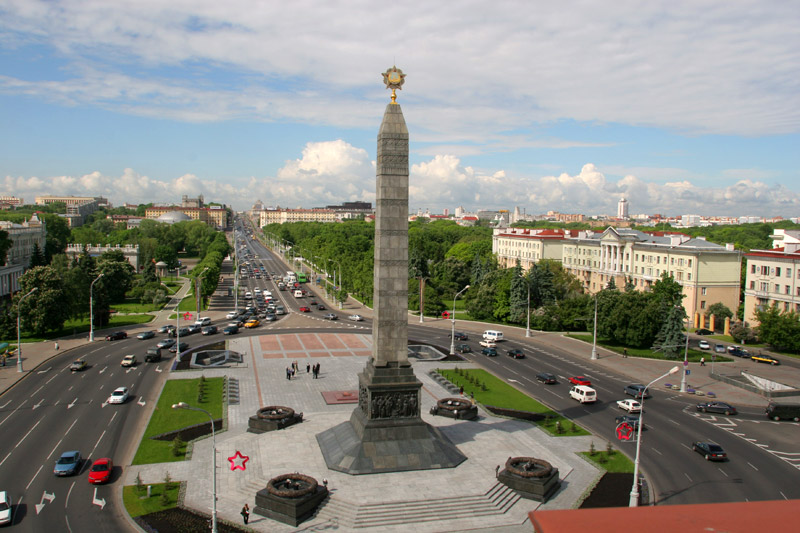
Dating back to the 10th century, Minsk, capital of Belarus, is one of Europe's oldest cities, but it presents a surprisingly modern aspect today, most of its historic buildings having been flattened during World War II. After the war, during the 1950s, Minsk was rebuilt as a showpiece Soviet city, and little has changed since then. Scrupulously neat wide boulevards and squares lined with grandiose block-style buildings, interspersed with looming statues of Lenin, war memorials and Soviet symbols, set the backdrop for this city which is home to almost two-million people, on the banks of the Svisloch River.

Visitors to Minsk will find it hard not to be struck by the simple pride and joy the local citizens take in their city, where the interiors and style are a somewhat 'over-the-top' and often kitsch attempt at modern sophistication. There are nightclubs and casinos full of mirrors and lights; restaurants with steel and glass levels; theatres oozing baroque both on and off-stage; and a variety of incredibly themed health spas (called 'saunas') where waterfalls cascade into indoor pools. It all adds up to a fascinating experience, which visitors either love or hate, but cannot fail to appreciate.

The present in Minsk is interesting, but so is the past. Because of its central eastern location between Poland and Ukraine, this city has been a European battleground over the centuries, suffering at the hands off the Russian Tsar's troops in the 1600s, Peter the Great and Sweden in the 1700s, Napoleon and then Hitler. Perhaps it is not surprising that the city is seemingly content under communism-inspired rule after all it endured with imperialism.
No comments:
Post a Comment